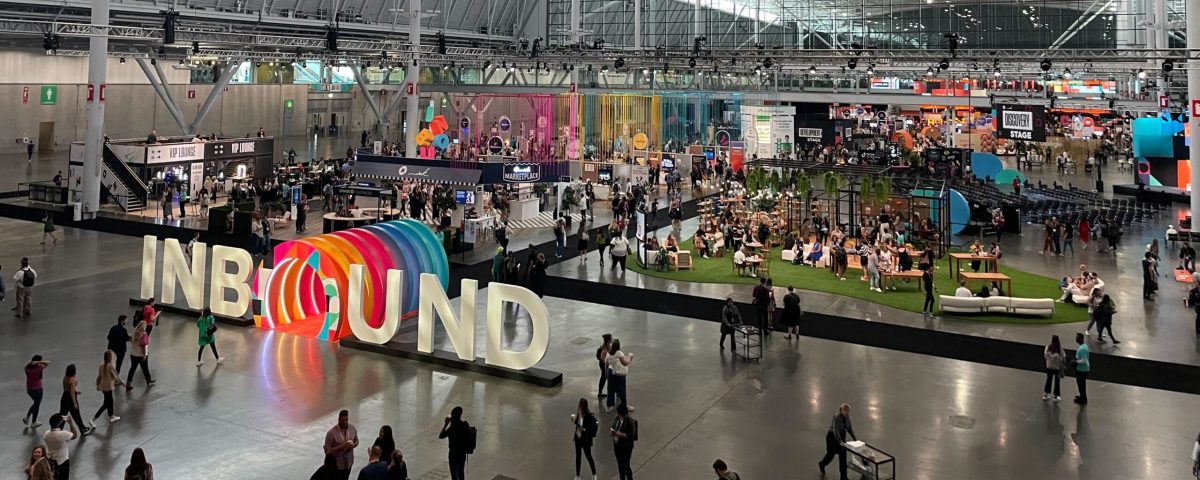LinkedIn is broken. And it's all our fault!
For a while now, LinkedIn has been praised and panned across the social media spectrum. Some call it THE social network for business, while the social media elite (there is such a thing?) slam it for imitating Facebook and Twitter each time it rolls out new functionality. Some have even compared it to the public library: sure, people have been there, but they don't go often...and nobody talks when they do go.
Heresy alert: I think LinkedIn is broken. [GASP!] ...But I also don't think it's the social network's fault.
I think the reason the social network is broken is the fault of its users. Perhaps one could blame that on a perceived identity crisis on the part of LinkedIn, deflecting blame back to LI after all. But I find that the reason LinkedIn isn't as effective as it could be for most is because of the way its userbase either utiliizes—or fails to utilize—the service.
Submitted for your feedback, a few varieties of LinkedIn user that are typical nowadays:
____________________________________________________________________________________________________
THE DING-DONG DITCHERS
____________________________________________________________________________________________________
This is the person who rushed to create a LinkedIn profile (and did it half-heartedly) because they read about it in Newsweek, heard all of their colleagues are doing it, or received an invitation to connect on LinkedIn from a coworker or peer. They copied and pasted a resume, may or may not have uploaded a photo, and managed to complete their profile to an impressive 8%. And they've never been back. What's more, they don't see what's wrong with that. They figure, "If I'm on LinkedIn, people can find me and connect with me." That's what Google is for. LinkedIn is not a resume storage warehouse. If you're not going to be active on the social network, there's no sense in joining in the first place.
____________________________________________________________________________________________________
THOSE SPEAKING IN TONGUES
____________________________________________________________________________________________________
If you're like the VAST majority of people, most of your most important business connections are using LinkedIn at one level or another. And the VAST majority of them are NOT on Twitter. Sorry, fellow social media dweebs, they're not (especially in the B2B world). So, ask yourself, what does the following mean to someone who has never set foot inside the Twitterverse?
RT: @hankfan36 Seven ways from Sunday! tinyurl.com/93043 #hocort #FF.
Those who auto-sync all of their social networks so that they can blast out messages with the ease of one simple click, to everyone on every social network in the world, including those who lacked the foresight to not connect with them on LinkedIn, are speaking right past some of their most important constituents. Sure, it's easy and "techy" to do so, so it feels right...but it's just plain lazy. And it's blowing an opportunity to truly connect with people on a personal level.
Each social network has its own purpose, its own tone, its own etiquette, and its own language, of sorts. Speak in the appropriate voice in each, or don't do it all.
____________________________________________________________________________________________________
THE TOE-DIPPERS
____________________________________________________________________________________________________
This is the person who joined LinkedIn, has some perception of its inherent value, and joined 34 groups and connected with 262 people, but you've never had one conversation (online or off) with them. They post questions in groups, but no one responds, because it's pretty clear from the subject line that they're trying to sell you something. They've given you a recommendation, but you've never met them...so it's obvious you're obligated to write one back. They sent you an InMail, but it was clear that it was a form letter. Other than having your name as the first word in the message, you cannot figure out how the message pertains to you. Heck, this person will try ANYTHING!
In short: no strategy. They see LinkedIn as another sales channel, rather than a relationship facilitator.
____________________________________________________________________________________________________
THE NAYSAYERS
____________________________________________________________________________________________________
These people are on LinkedIn, but they absolutely profess that there's no good reason for them to be active. Their business needs talent, but they aren't utilizing the network's talent tools, nor are they leveraging the inherent power built into their network (and their network's networks) to troll for talent. They literally drip content, but are not sharing their blog posts on LinkedIn, nor are they linking the blog through the available Application plugin...and ditto for their presentations and white papers. They've never commented on someone's status or update. They have an active social/business calendar, including their own company's free seminars, but not one of them makes it to the Events calendar on LinkedIn. They are members of several offline associations, but have yet to join one LinkedIn group of the same professional peers and prospects.
In short: no participation. And yet you say nay. (Well, what did you expect from something aptly named a social network?)
____________________________________________________________________________________________________
I'll be the first to admit that LinkedIn has its shortcomings, and its challenges. And, sure, it can be confusing and intimidating to your average technophobe. The "social elite" are often right about this or that functionality that they take exception with. I'll also be the first to admit that my way of using LinkedIn is not necessarily the right way of using it...or the only way.
But it's also pretty clear that, yes, some people are doing it wrong. And when they do, I think they turn off the technophobe, confuse the novice, irritate the social elitist, and just plain miss the mark when it comes to communicating with actual human beings.

